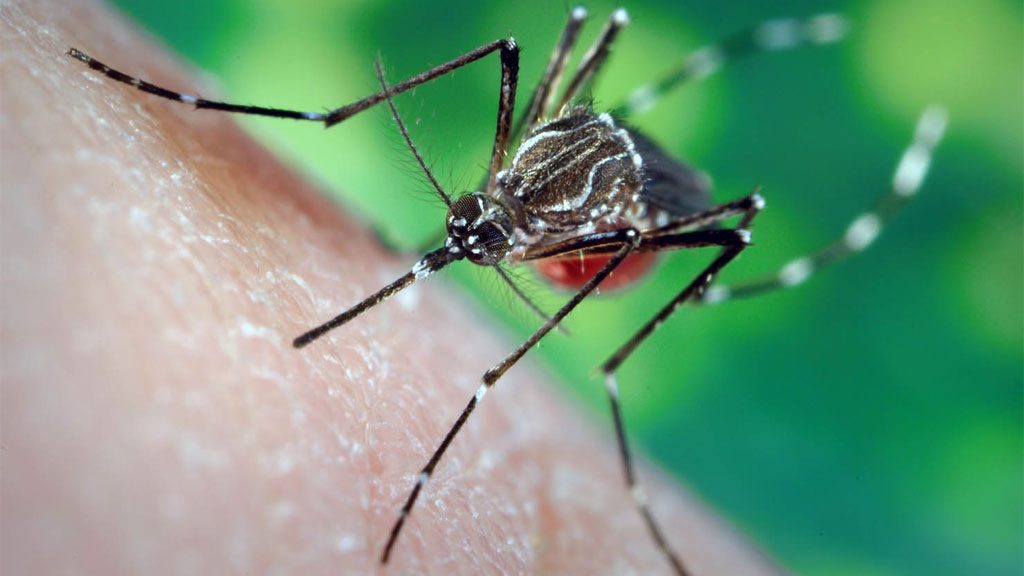The number of Chikungunya cases in Colombia has multiplied by 14 times in five months. The virus has infected more than 200,000 people, according to the national health institute INS.
213,021 Colombian citizens are currently infected by the virus, the INS said in a report.
Monitoring of the virus — contracted through mosquito bites — began in September 2014, and in October 14,936 cases were reported.
By February this year, that figure had increased by almost 14 times.
Bolivar has 30,834 Chikungunya cases, making the Caribbean department the most affected region of the country, according to the INS. The virus entered Bolivar in 2014, and subsequently spread from north to south, and from east to west.
After Bolivar, the most affected Colombian departments are Norte de Santander and Sucre in the north, and Tolima and Huila in the south.
Most affected departments
Tips to avoid infection |
The conclusion is that of the Colombian 1,123 municipalities monitored by the INS, 958 have the optimum living conditions for the virus-bearing mosquito. This is due to the fact that the territories are all located less than 2,200 meters above sea level.
Those situated more 2,200 meters above sea level, are at much less risk from the dangerous mosquito, as the insect has difficulty surviving such an environment, NHI experts explained.
This does not mean that these municipalities are not affected; 44 populations located above 2,200 meters have reported cases of Chikungunya. However, it is clear that the virus was contracted through travel to regions where the mosquitos live and breed, and consequently transported back.
In fact, the largest surges of Chikungunya coincided with the end of year holiday period, when more people travel to tropical parts of the country, home to the virus.
Symptoms
After a Chikungunya-carrying mosquito has bitten a victim, the virus has a dormant period of between 3 and 5 days.
A sudden outbreak of fever, accompanied by joint pain or severe arthritis then characterizes the presence of the disease. Symptoms may persist for up to 2 or 3 years.
It is these lasting effects that are real cause for concern. 30% of those who contract Chikungunya may remain with joint pain for the rest of their life, according to a study recently published in the journal Seminars in Arthritis and Rheumatism.
The study reported sufferers who, after 3 months cured from the virus, had returned to the doctor to say that again they felt discomfort.
The experts predict that between 10 – 12% of people still experience symptoms five years after infection.
Must be reported
With the increased presence of the disease, the Colombian population are recurrently self-medicating their symptoms and not reporting their illness.
Sufferers have taken to treating themselves with acetaminophen, an analgesic drug often used as an alternative to aspirin. Yet experts emphasize the necessity to always signal the presence of the virus to a doctor as resultant complexities often occur.
98% of cases are treated on an outpatient basis according to the INS. Doctors recommend a week’s rest, prescription drugs and drinking 2-3 liters of water per day, as dehydration can cause other complications.
Sources
Chikunguña: casos se multiplicaron 14 veces en 5 meses (El Tiempo)
90.000 colombianos podrían quedar con artritis por el chikunguña (El Tiempo)
Chikunguña: no es mortal, pero sí de cuidado; conozca los síntomas (El Tiempo)


